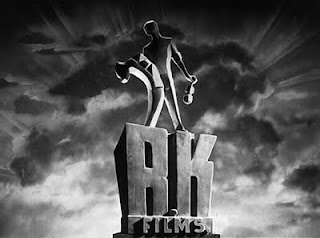M S Subbulakshmi was the first musician ever to be awarded the Bharat Ratna, India's highest civilian honour.She was born on September 16, 1916 in Madurai, Born into a community of devadasis (women who danced and sang with devotion in temples), she was surrounded by music, from her violinist grandmother to her veena playing mother She started learning Carnatic music at an early age and trained in Carnatic music under the tutelage of Semmangudi Srinivasa Iyer and subsequently in Hindustani music under Pandit Narayanrao Vyas.
Apart from her mother tongue Kannada, M.S Subbulakshmi sang in Tamil, Malayalam, Telugu, Hindi, Sanskrit, Bengali, Gujarati, etc.She also did her stint as an actress and one of the most memorable films was Bhakta Meera (1945). The Hindi version of Meera was released in 1947. The versatile singer sang all famous Meera bhajans in her melodious voice and these bhajans are enjoyed by people even today. She attained much acclaim and success in films, but that did not appeal to her. She quit films after some time and continued to give public performances and concerts.
She was applauded by not just Indians, but foreigners as well. The way she sang, her devotion, her tone, her pitch, her perfect pronunciation is inimitable and flawless.People who did not even understand the language she was singing in said that she is a divine manifestation. Her fan list included Mahatma Gandhi, Jawaharlal Nehru, among other elite people. Mahatma Gandhi commented that he would rather hear Subbulakshmi speak the songs rather than hear someone else sing it.
The decade of 1960 was important to Subbulakshmi in terms of her career in Carnatic music. She not just took the music overseas but performed at significant musical festivals including Edinburg International Festival of Music and Drama in 1963 and at the Carnegie Hall in New York at the United Nations General Assembly in 1966. She ended the decade by singing several songs in front of each idol in the Rameshwaram temple in 1969,
In the decade of 1980s, Subbulakshmi carried the legacy of Carnatic music forward by performing at the Royal Albert Hall in London in 1982 and Festival of India in Moscow in 1987.After her husband’s death in 1997, she stopped giving public performances.
Subbalakshmi died on 11th December 2004, leaving behind her large repertoire of classical, bhajan and film recordings.
Ganesha Pancharatnam
The first Song Recorded


























